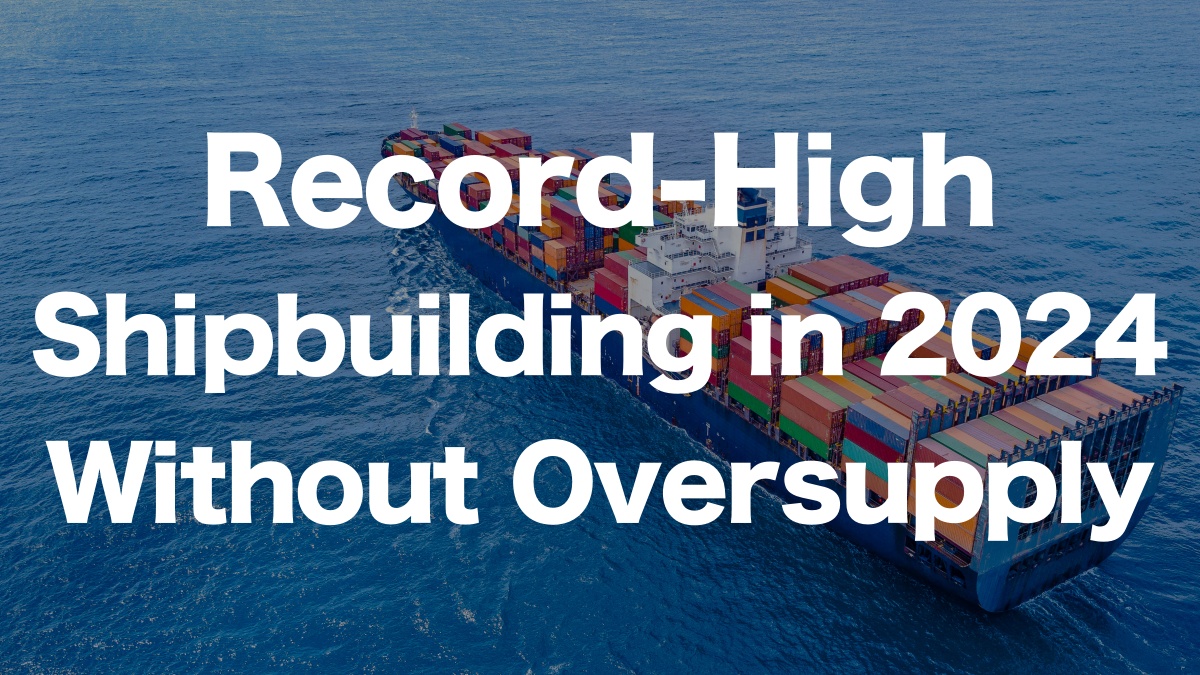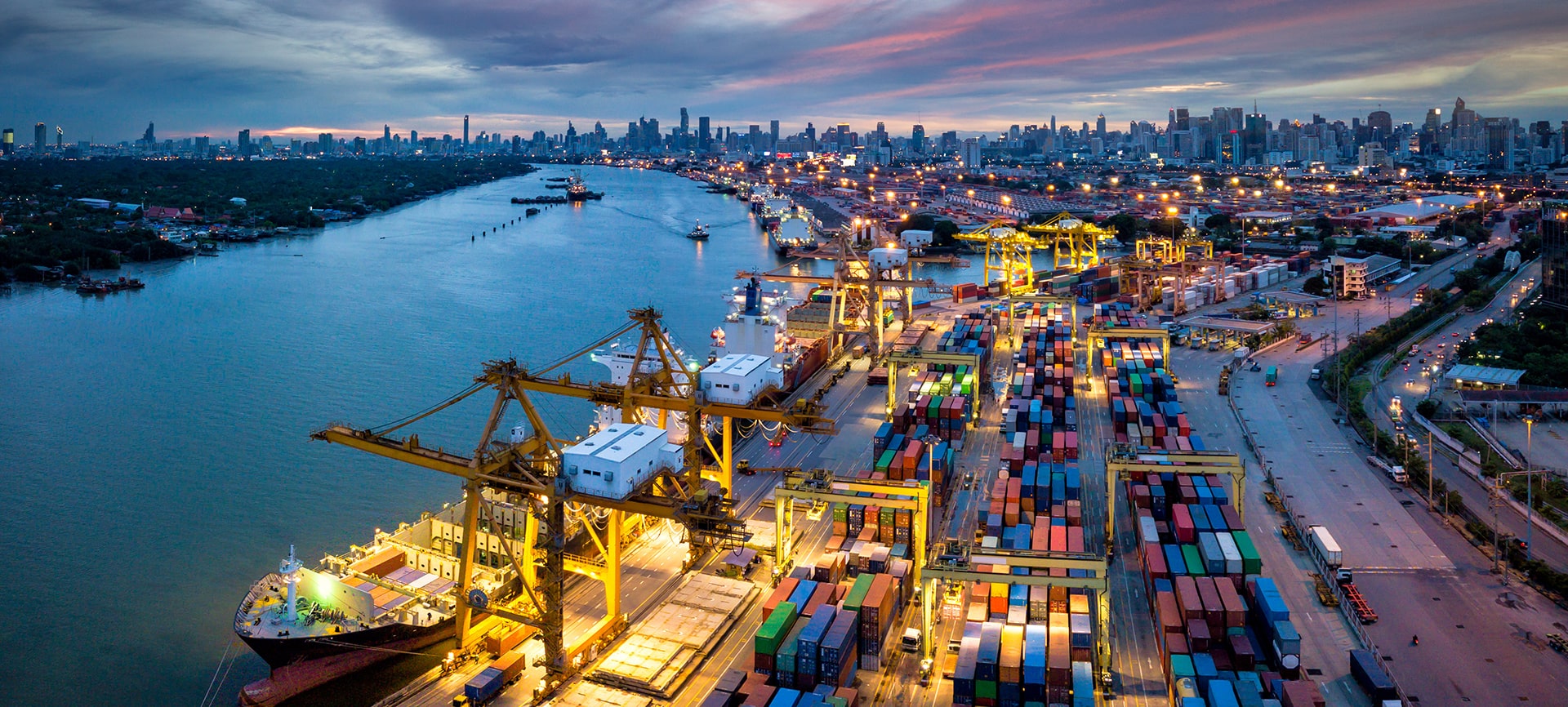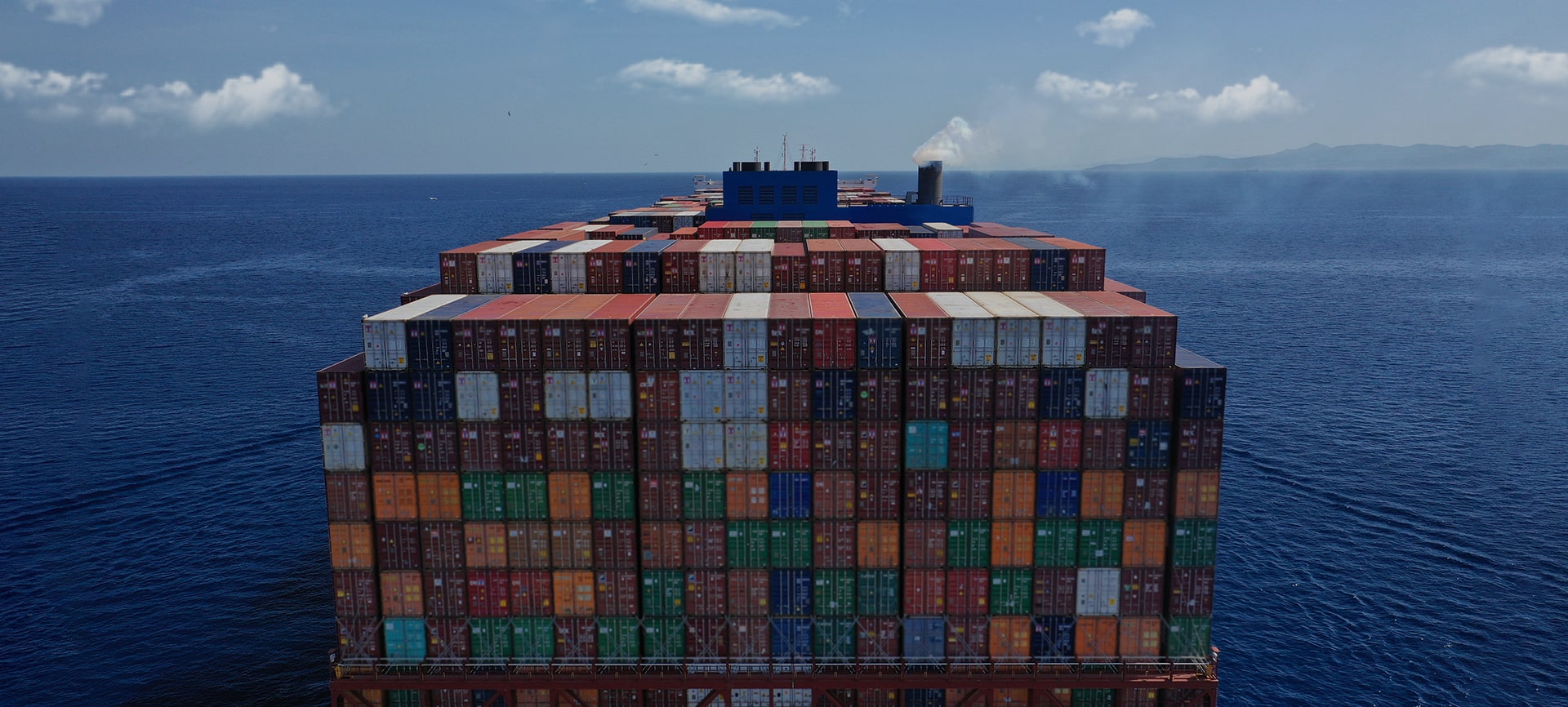Posted on: November 18, 2024 / Last updated: November 18, 2024
Record-Breaking Container Ship Construction in 2024! No Signs of Oversupply

The container ship construction in 2024 is set to reach a record-breaking 3 million TEUs.
However, the market shows little sign of oversupply. Let’s dive into the reasons behind this trend and the current state of the industry.
CONTENTS
Record-High Ship Construction Numbers
From January to October 2024, over 20 million TEUs worth of container ships have been constructed.
By the end of the year, the total is expected to reach around 3 million TEUs.
Despite this substantial increase in supply, the market has not experienced any noticeable impact from oversupply.
Why Isn’t Oversupply Happening?
Several factors explain why oversupply isn’t materializing despite the surge in new ships.
One significant factor is the ongoing restriction on the Suez Canal. This has increased voyage durations, which reduces the effective availability of ships in the market.
Consequently, new supply doesn’t immediately translate into excess capacity.
Additionally, older ships that were expected to be scrapped have remained in operation.
This adjustment helps balance the market and manage supply levels.
Growth of Owner-Operators and Improved Fuel Efficiency
Recently, shipping companies have increasingly acted as “owner-operators,” directly owning and operating vessels.
This shift reduces reliance on external leasing and enables companies to offer stable freight rates.
Newer ships are also much more fuel-efficient, which lowers operational costs.
This efficiency not only supports the profitability of shipping companies but also mitigates the potential impact of increased supply on the market.
Market Outlook
While short-term oversupply risks remain, the long-term outlook suggests a more balanced market.
The gradual scrapping of older vessels will help regulate supply, and fuel-efficient new ships will contribute to sustainable operations.
Shipping companies are expected to maintain a steady market by leveraging these efficiencies and their operational strategies.


![[Industry Trends] MSC Becomes First to Reach 900 Vessels! Focus Shifts to North-South Routes with Independent Operations | IINO san's Logistics News](/wp-content/uploads/2025/04/20250417en-640x360.png)
![[Maritime Shipping Now] Container Freight Rates Remain Flat – What Lies Ahead? Impact of US-China Tensions | IINO san's Logistics News](/wp-content/uploads/2025/04/20250415en-640x360.png)








